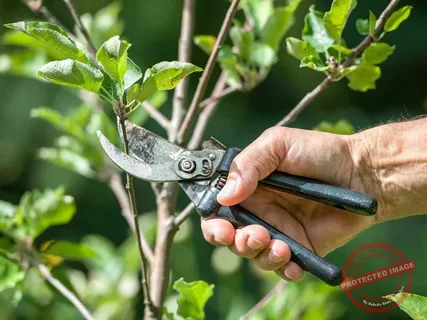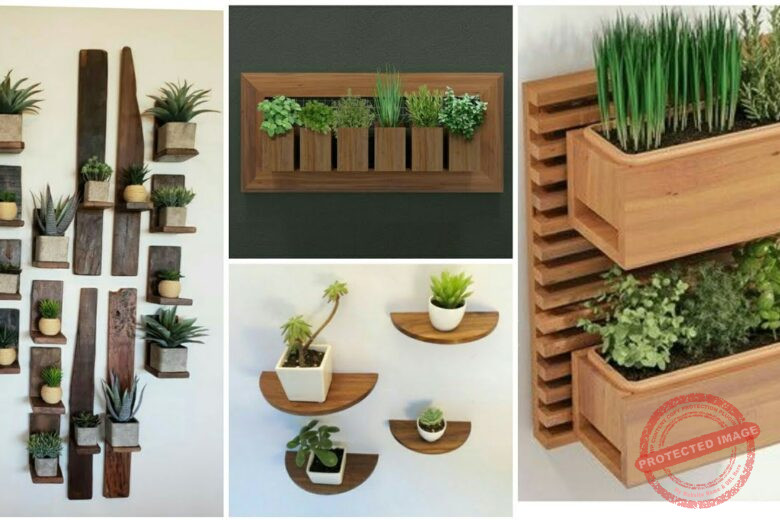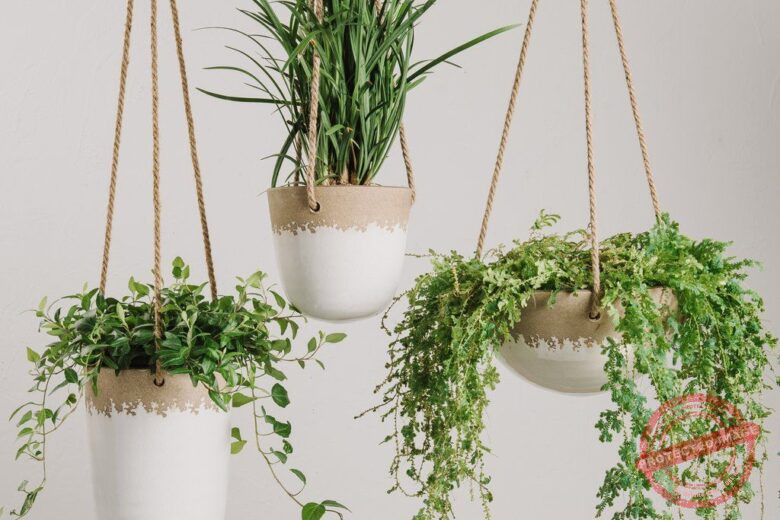If you’ve ever tried squeezing beauty into a small yard, balcony, or front porch garden, you know the struggle. You want color, texture, and life — but space? That’s the one thing you don’t have. The good news? Nature doesn’t need much room to show off. Some of the most stunning landscapes I’ve ever seen weren’t sprawling estates but cozy corners bursting with compact bushes that seemed to bloom out of nowhere.
I remember when I first moved into a small suburban home in the Midwest. The backyard looked more like a postage stamp than a plot of land. I still wanted that “farmhouse garden” vibe — full of green structure and year-round color — but without plants that would take over the walkway or block the windows. That’s when I started learning the magic of compact shrubs. They’re hardy, easy to maintain, and perfect for folks who want lush landscaping without the hassle.
Whether you live in a crowded neighborhood in Texas, a small cottage in Vermont, or a cozy home in California, there’s a compact shrub that fits your zone, soil, and lifestyle. So grab a cup of coffee and let’s talk plants — real plants that work for real yards.
Why Compact Shrubs Are Perfect for Small Spaces
Compact shrubs bring structure and personality to small landscapes. They frame walkways, add curb appeal, and give privacy without taking over your space. Plus, many compact bushes bloom beautifully, offering color throughout the seasons.
Most of all, they make maintenance easy. If you’re like me, you don’t want to be pruning every other weekend. Compact varieties naturally stay small, which means less clipping, less stress, and more time to actually enjoy your garden.
1. Boxwood (Buxus spp.)
Let’s start with the classic. Boxwoods are the backbone of tidy gardens across the USA. Whether you’re in the South or the Pacific Northwest, these evergreen shrubs hold their shape beautifully year-round.
They’re easy to trim into spheres, squares, or low hedges — perfect for borders or entryways. Smaller varieties like ‘Green Velvet’ or ‘Baby Gem’ are great for compact gardens since they grow slowly and stay neat.
Tip: Plant them in well-draining soil and water regularly during dry spells. A light prune in late spring will keep them looking polished.
2. Dwarf Hydrangea
If you love big blooms but lack the space, try a compact hydrangea. The ‘Little Lime’ and ‘Bobo’ hydrangeas are personal favorites — both produce full, creamy clusters of flowers that turn pinkish as the season changes.
They reach about 3 feet tall and wide, perfect for small garden beds or even large pots on a patio. Give them morning sun and afternoon shade, and they’ll reward you all summer long.
Ever walked out to water your plants and found hydrangea petals glistening after a light rain? It’s pure joy.
3. Dwarf Butterfly Bush (Buddleia)
Want to attract butterflies and hummingbirds? Go for a dwarf butterfly bush. Varieties like ‘Pugster Blue’ or ‘Lo & Behold Purple Haze’ stay under 3 feet tall and bloom nonstop through summer.
They thrive in full sun and tolerate dry conditions once established. Their fragrant flowers come in shades of purple, blue, and white. They make great foundation plants or focal points near walkways where pollinators can easily find them.
4. Compact Japanese Holly (Ilex crenata)
Japanese hollies are the go-to evergreen shrubs if you love boxwood looks but want something hardier in certain regions. Compact varieties like ‘Sky Pencil’ or ‘Compacta’ grow upright and neat, adding vertical interest to small gardens.
They’re excellent for edging or mixing with flowering plants. Just make sure the soil drains well — soggy roots are their worst enemy.
5. Spirea (Spiraea japonica)
If you want color that won’t quit, spirea is your plant. Compact varieties like ‘Magic Carpet’ or ‘Little Princess’ boast pink blooms in summer and fiery foliage in fall.
They grow fast, need little pruning, and adapt to almost any soil. Place them in full sun, and they’ll light up your garden with pink blossoms and golden leaves that glow like fire in autumn.
I once lined my front path with ‘Magic Carpet’ spirea — and even the mailman commented on how cheerful they looked year-round.
6. Lavender (Lavandula angustifolia)
Yes, lavender counts as a compact shrub! Besides its heavenly fragrance, it’s drought-tolerant and pollinator-friendly. Varieties like ‘Munstead’ or ‘Hidcote’ stay tidy and manageable — around 18 inches tall.
Perfect for borders, rock gardens, or edging patios. Just make sure they get full sun and don’t sit in wet soil. Nothing beats brushing against lavender after a long day and catching that calming scent.
7. Dwarf Alberta Spruce (Picea glauca ‘Conica’)
This evergreen shrub looks like a perfect miniature Christmas tree. Growing slowly up to 6 feet tall over many years, it’s ideal for entryways, containers, or foundation plantings.
It keeps its shape naturally and stays green all year. If you live in colder regions like Minnesota or Maine, this shrub handles snow beautifully. Just keep it watered during long dry spells and give it good airflow to prevent spider mites.
8. Dwarf Nandina (Heavenly Bamboo)
Nandina is one of those shrubs that gives year-round color with zero fuss. Dwarf types like ‘Firepower’ or ‘Gulf Stream’ show off green leaves in summer that turn red and bronze in fall and winter.
They handle sun or shade, need minimal pruning, and are super hardy. I love planting them near patios — their color seems to pop even in low light.
9. Compact Rose Bushes
Think you don’t have room for roses? Think again. Modern breeders have created compact rose varieties that are perfect for small gardens or containers. Try ‘Drift Roses’ or ‘Knock Out Roses’ — they bloom for months and require almost no fussing.
They’re disease-resistant, colorful, and come in shades from blush pink to coral red. You can tuck them in between perennials or plant a few together for a showy display.
10. Compact Azalea
Azaleas might be the most beloved Southern shrub, but dwarf varieties like ‘Coral Bells’ or ‘Girard’s Hot Shot’ make them accessible to everyone. They bloom with stunning colors — red, pink, purple, or white — and stay small enough for foundation planting or containers.
Give them slightly acidic soil, partial shade, and consistent moisture, and they’ll reward you every spring with blooms that feel almost tropical.
Quick Tips for Choosing Compact Shrubs
-
Know your USDA hardiness zone. It’s the easiest way to pick plants that thrive in your region.
-
Check mature size. “Compact” doesn’t always mean tiny — some can still reach 4–5 feet.
-
Mix textures. Combine evergreens, flowering bushes, and foliage plants for balance.
-
Mind the sunlight. Sun-loving shrubs won’t do well in shade, and vice versa.
-
Use containers. Many compact shrubs grow perfectly well in large pots — great for patios or porches.
Real-Life Scenario: Small Garden, Big Personality
A few years ago, my neighbor in Oregon had a yard barely bigger than a parking space. She filled it with dwarf hydrangeas, lavender, and compact boxwoods — nothing fancy, but the result was stunning. Every spring, the whole street smelled like lavender and looked like something out of a country postcard.
That’s the beauty of compact gardening — it’s not about space, it’s about intention.
FAQs About Compact Bushes
Q: What are the easiest compact bushes to grow in the USA?
Boxwood, dwarf spirea, and lavender are among the easiest. They tolerate a range of soils and climates.
Q: Can I grow compact shrubs in pots?
Yes! Many compact bushes like dwarf hydrangeas and roses thrive in large containers with proper drainage.
Q: How often should I prune compact shrubs?
Once or twice a year is usually enough — typically after flowering or in early spring.
Q: Do compact shrubs attract pollinators?
Definitely. Butterfly bush, lavender, and spirea are bee and butterfly magnets.
Q: What’s the best soil for compact bushes?
Most prefer well-drained soil with moderate nutrients. You can mix compost or organic matter before planting for better results.
How-To: Keep Compact Shrubs Healthy Year-Round
-
Mulch generously. It keeps roots cool and moist in summer, and protected in winter.
-
Fertilize lightly. Too much nitrogen leads to weak, leggy growth.
-
Water deeply but infrequently. Encourages strong roots.
-
Watch for pests. Aphids, mites, or fungal leaf spots are common but easy to manage early.
-
Rotate seasonal plants. Swap containers with seasonal flowers to keep the look fresh.
Final Thoughts: Big Impact, Small Footprint
Compact shrubs are proof that you don’t need acres of land to have a beautiful garden. Whether you’ve got a townhouse patio, a small front yard, or just a sunny balcony, these little powerhouses bring structure, color, and joy to your space.
Start with one or two, learn their rhythm, and before long, you’ll be growing a garden that feels full of life — without feeling cluttered. The best part? Every bloom, every trimmed hedge, every waft of lavender in the air will remind you that beauty doesn’t need a big stage to shine.
So, which compact shrub are you planting first this season?



